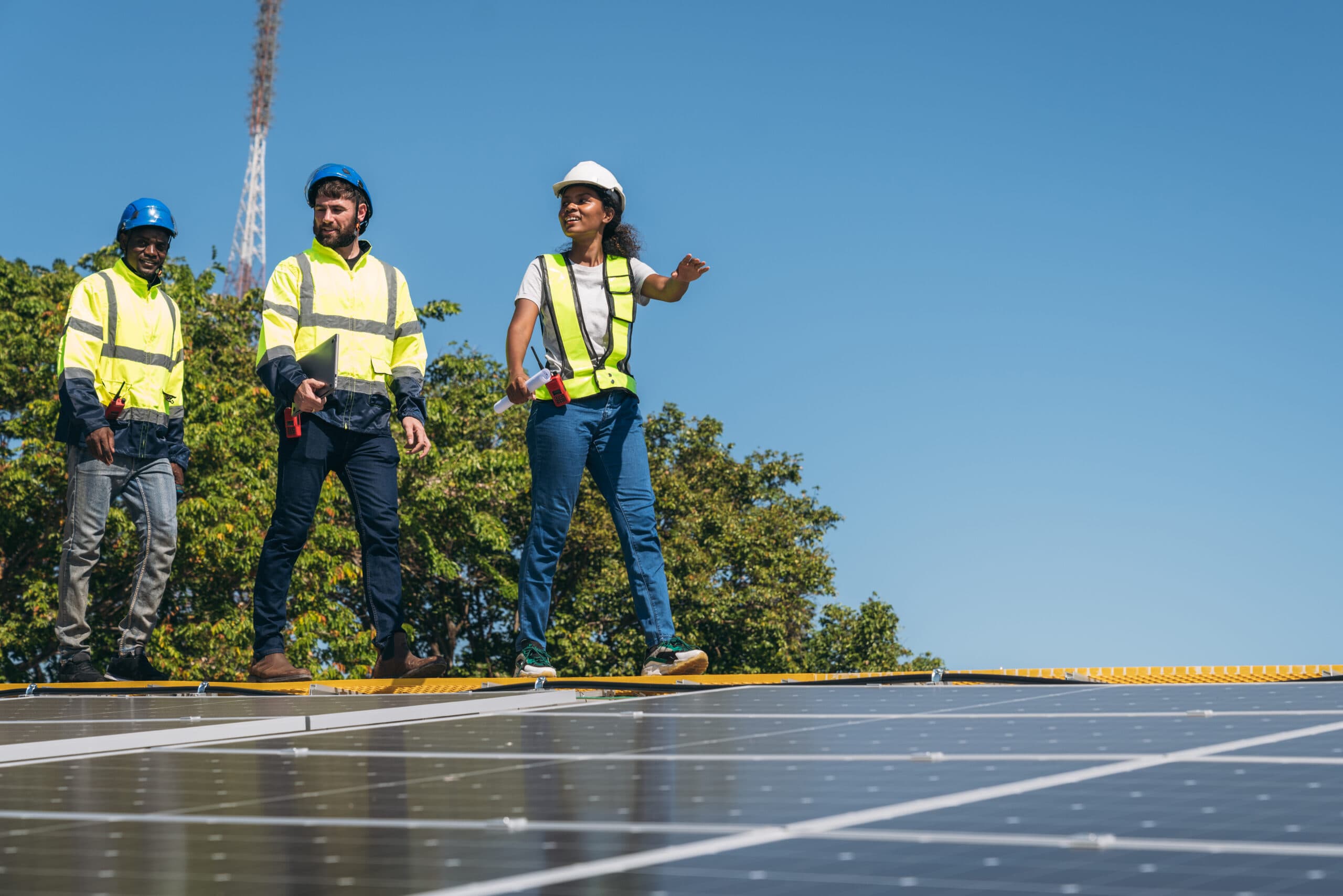Executive Overview
- 70 real-world cases analysed: 19 Australian detailed cases + 51 New Zealand sector examples
- Split between approaches: 57% Quick Wins (38 cases) vs 43% Investments (32 cases)
- Key finding: Decarbonization delivers measurable financial returns while reducing environmental impact
Financial Performance Insights
Return on Investment Patterns
- Quick Wins (payback <3 years):
- Fuel switching/optimization: Immediate to 2-year payback (e.g., Postal Freight: $1M/year savings, no capital cost)
- LED lighting upgrades: 18-month to 2-year payback with 15-75% energy reduction
- Energy audits & behavioural changes: <1-year payback, 5-15% cost savings
- Operational policy changes: Zero capital investment, immediate returns
- Strategic Investments (3–10-year payback):
- Heat pumps replacing gas: 3–5-year payback, 40-50% emission cuts
- Solar PV installations: 4–7-year payback, 20-35% grid independence
- Refrigeration/HVAC upgrades: 2–5-year payback, 12-20% energy reduction
- Fleet electrification: 5–10-year payback, 40-60% fuel cost reduction
Quantified Annual Savings (Selected Examples)
- Energy efficiency: $5,000-$1.8M/year depending on scale and sector
- Fuel optimization: $12,000-$1M+/year (logistics sector shows highest returns)
- Waste reduction: $5,000-$30,000/year through diversion and composting
- Water efficiency: $5,000-$18,000/year with greywater/rainwater systems
Carbon Impact by Intervention Type
- Highest impact interventions:
- Fleet electrification: 50-60% emission reduction in transport sectors
- Renewable electricity switch: 35% Scope 2 emission elimination
- Process heat electrification: 40% emission cuts from fuel switching
- Modal shift (road to rail): 50-60% freight emission reduction
- Medium impact (10-30% reductions):
- Energy efficiency upgrades (lighting, HVAC, motors): 10-20% site-wide reduction
- Heat recovery systems: 20% fuel/gas reduction
- Variable speed drives: 11-17% specific equipment energy reduction
- Quantified annual CO₂ reductions:
- Large facilities: 800-3,700 tCO₂-e/year (Regis Aged Care, De Bortoli, Austral Fisheries)
- Medium businesses: 66-1,341 tCO₂-e/year (Bickford's, RM Williams)
- Small operations: 3-30 tCO₂-e/year (Margaret River Truffle Farm, various NZ SMBs)
Sector-Specific Success Patterns
Manufacturing & Processing
- Top interventions: VSDs on motors/compressors, heat recovery, LED lighting
- Typical savings: 12-35% energy reduction
- Key enabler: Energy audits identify hidden opportunities
Hospitality & Tourism
- Top interventions: Heat pumps, solar hot water, EV charging
- Guest experiences benefit: Improved comfort + green branding
- Typical savings: 20-30% energy costs
Logistics & Transport
- Top interventions: Route optimization, eco-driving, fleet electrification
- Quick wins: 10-20% fuel savings from software/training
- Long-term: EVs deliver 40-60% operating cost reduction
Food & Beverage
- Top interventions: Waste-to-energy, packaging reduction, renewable electricity
- Circular economy: Composting saves disposal costs + creates value
- Market advantage: Sustainability credentials win retail contracts
Implementation Success Factors
Critical Enablers
- Government grants: 65% of cases leveraged grants/incentives (Australia: Clean Technology, Energy Efficiency; NZ: various regional programs)
- Expert audits: Professional energy audits uncovered 12-35% savings potential not visible internally
- Phased rollout: Multi-site programs (Regis: 35 facilities) achieved economies of scale
- Timing strategic work: Off-season installations (Berrydale Swim School) avoided revenue loss
Common Technology Choices
- Lighting: LED conversions universal across all sectors (15-80% lighting energy reduction)
- Heating/cooling: Electric heat pumps replacing gas (4:1 efficiency gains typical)
- Motors/pumps: Variable speed drives enabling 10-20% energy savings
- Renewable energy: Solar PV most common (4–7-year payback), 100% renewable contracts for immediate Scope 2 elimination
- Monitoring: IoT sensors and telematics reducing travel emissions and improving efficiency
Business Benefits Beyond Carbon
Operational Improvements
- Reliability gains: New equipment = less downtime (HF Hand: better weld quality, De Bortoli: improved cooling capacity)
- Productivity boosts: Better lighting/heating = safer, more comfortable workplaces (Thredbo Distillery, Glen Park)
- Reduced maintenance: Modern systems need less servicing (LEDs last 10x longer, EVs have 60% fewer moving parts)
- Future-proofing: Protection from energy price volatility and carbon pricing
Market & Brand Advantages
- Customer acquisition: 8 cases explicitly noted winning new eco-conscious customers (Ross Hill Wines: "customer excitement and loyalty increased")
- B2B requirements: Meeting retailer/client sustainability mandates (Maurice Blackburn: winning government tenders)
- Certification value: Climate Active/Carbon Neutral status = marketing differentiation (Capital Brewing: Australia's first carbon neutral beer)
- Staff engagement: 5 cases reported improved employee morale and pride (Austral Fisheries, Maurice Blackburn)
Competitive Positioning
- First-mover advantage: Early adopters gained media coverage and awards (Sydney Opera House, Alto Hotel)
- Premium positioning: Sustainability enables higher pricing/occupancy (Alto Hotel, Ross Hill Wines)
- Supply chain leadership: Team Global Express positioned for client Scope 3 requirements
Analysis based on 70 verified case studies from Climate Active, government sustainability programs, and industry reports (2018-2025)
Your customers are already asking the question can you show real progress on emissions?
Corporate and export partners increasingly expect clear evidence: emission transparency, reduction plans, and credible reporting that aligns with their own sustainability commitments.
Get your CFO-led Carbon Snapshot Review this month uncover your biggest quick wins, model the ROI, and see how your business stacks up before those questions come to you.
Email; Warwick@greenmetrics.co.nz to book your Carbon Snapshot Review or Contact Us Here



